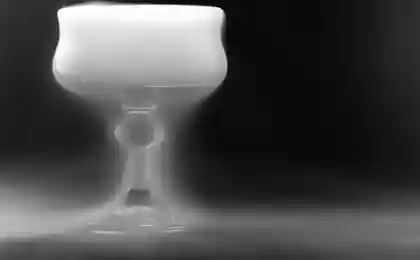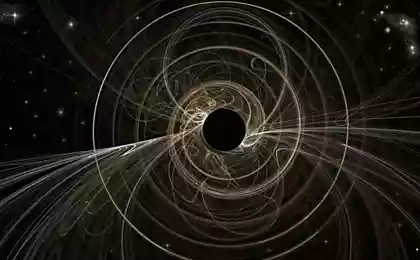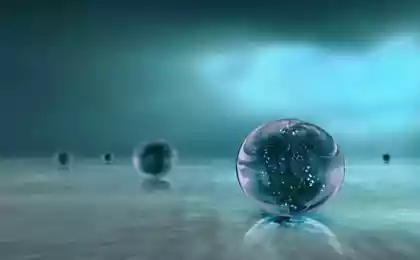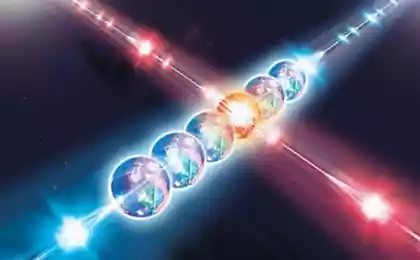852
Physicists announced the discovery of a particle composed entirely of gluons

Austrian nuclear physicists say , that one of the reactions, they were able to observe a hypothetical particle & quot; < a href="https://ru.wikipedia.org/wiki/%D0%93%D0%BB%D1%8E%D0%BE%D0%BD%D0%B8%D0%B9">глюоний" (glueball). Theorists have predicted its existence in the framework of the Standard Model . Gluons consists only of gluons and quarks is free.
Quarks and gluons - hypothetical particles that make up hadrons. It is believed that it is impossible to observe individually, they are always combined in any elementary particle. The presence of the same general "bricks" in the structure of hadron physics thinking about 1950, when they realized that quite a number of them produced in the collisions of elementary particles exhibit common properties. Physicists have decided to assume that any hadron consists of three quarks.
However, these quarks behave quite strange. For example, it is impossible to divide the quarks (with increasing distance between them increases their power and communication), and combined in an amount greater than three (except for the physical state of matter called the & quot; кварк-глюонная plasma & quot ;, which, in theory, the quarks move freely around the clump of matter).
In addition, if the core of heavier chemical elements consist of a larger number of protons and neutrons, the heavier hadrons consist hypothetically all of the same quarks, which are simply combined in a different way. By changing the relative position of quarks, we get another particle.
Subsequently, it was decided that for the mass of hadrons is not responsible quarks (it is assumed that their weight is about two per cent of the mass of the proton), and the "force field" that binds them together - gluons. It is they who carry the strong interaction. By changing the location of quarks, for example, pushing them apart, we are increasing gluon "cloud", and it becomes more massive.
In further experiments it was determined that the gluons - not passive carriers of the interaction between the quarks, but also an independent and "partons" - the building blocks that make up hadrons. In the study of fast flying proton it became clear that about half of its energy are the quarks, and the other half - the gluons.
The Austrians from the Vienna Institute of Technology believe that the meson f0 (1710) is exactly the same hypothetical gluons. Although by themselves gluons have no mass, they interact with each other generates a lot. As a result, gluons may be observed, while the indirect method - through the observation of particle decay.
Calculations by Professor Anton VTI Reba [Anton Rebhan] and his student Frederic Brunner [Frederic Brünner] on the decay of a gluon suspiciously good agreement with experiment, which involved a particle f0 (1710). It remains to obtain confirmation of this experiment.
"Unfortunately, now the collapse is impossible to calculate precisely gluonium" - complains Anton Reb. Simplified calculations say that a candidate mysterious particles fit two mesons - f0 (1500) and f0 (1710). First always seemed a suitable candidate, and the second, though better suited to computer calculations, given the decay of many heavy ("strange") of quarks, which in terms of physics did not seem plausible.
Austrian scientists have used in their calculations different, unconventional approach. "Our calculations show that gluons can really strange quarks decay into" - says Anton Reb. Estimated decay into two lighter particles are well coincided with the collapse of the observations f0 (1710). In addition, it was found that the decay and a larger number of particles than two.
A few months later the experiments at the Large Hadron Collider accelerator and Chinese BESIII (Beijing electron-positron collider ) should provide new data for analysis. They will be able to confirm or refute the results obtained by the Austrians.
Source: geektimes.ru/post/264088/
Artificially grown meat in the lab will be available in the next 5 years
NASA has made about 100 discovery of Pluto in three months























